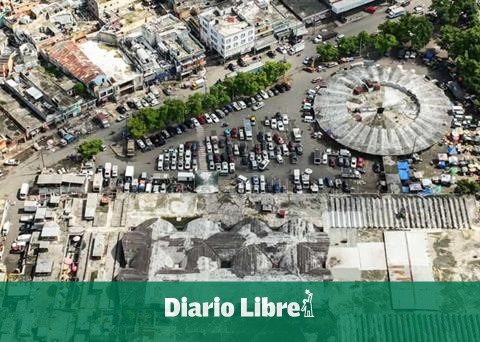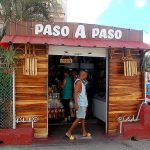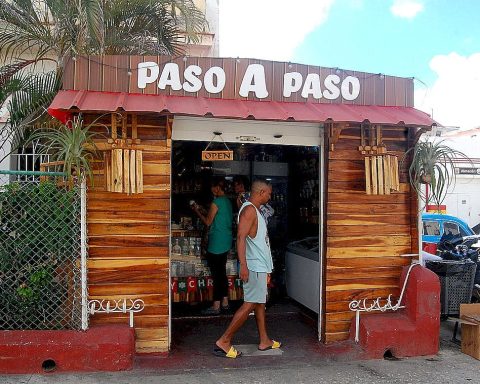The problems that affect cities like Santo Domingo they have their origin in the disorderly way in which they grew. It is common that although logical rules of urban planning have been observed at the beginning, its later stages are characterized by an absolute lack of planning. In our case, this difference can be seen in the layout of the streets, regular in colonial times, and progressively more anarchic over time.
But the streets are only one of the causes of the difficulties. There are others even more significant, in particular the means of transport, the infrastructure of services and the location of productive, social and recreational activities. Although they are less visible and their evaluation more complex, it is these other aspects that have the greatest impact on the creation of conditions that deteriorate productivity and well-being.
The use of the means of transport is divorced from the rational priorities of a poor nation with a high population density. Our dependence on cars, buses and motorcycles reveals the delay in the development of more efficient alternatives, among which the subway stands out. The latter, whose network is very limited, still depends on links with vehicles that travel through the streets so that the routes can be completed.
The infrastructure in most of the city is precarious or non-existent. Exposed electrical networks. Leaky and insufficient diameter water pipes leading to indiscriminate extraction of groundwater. Lack of sewers that leads to the use of septic tanks and treatment plants. Natural drainage obstructed or interrupted by constructions that have ignored the course of rainwater, causing recurrent flooding.
But the most critical factor has been the capricious location of shops, factories, schools, grocery stores, restaurants, churches, fuel stations, offices, clinics and other establishments.
















